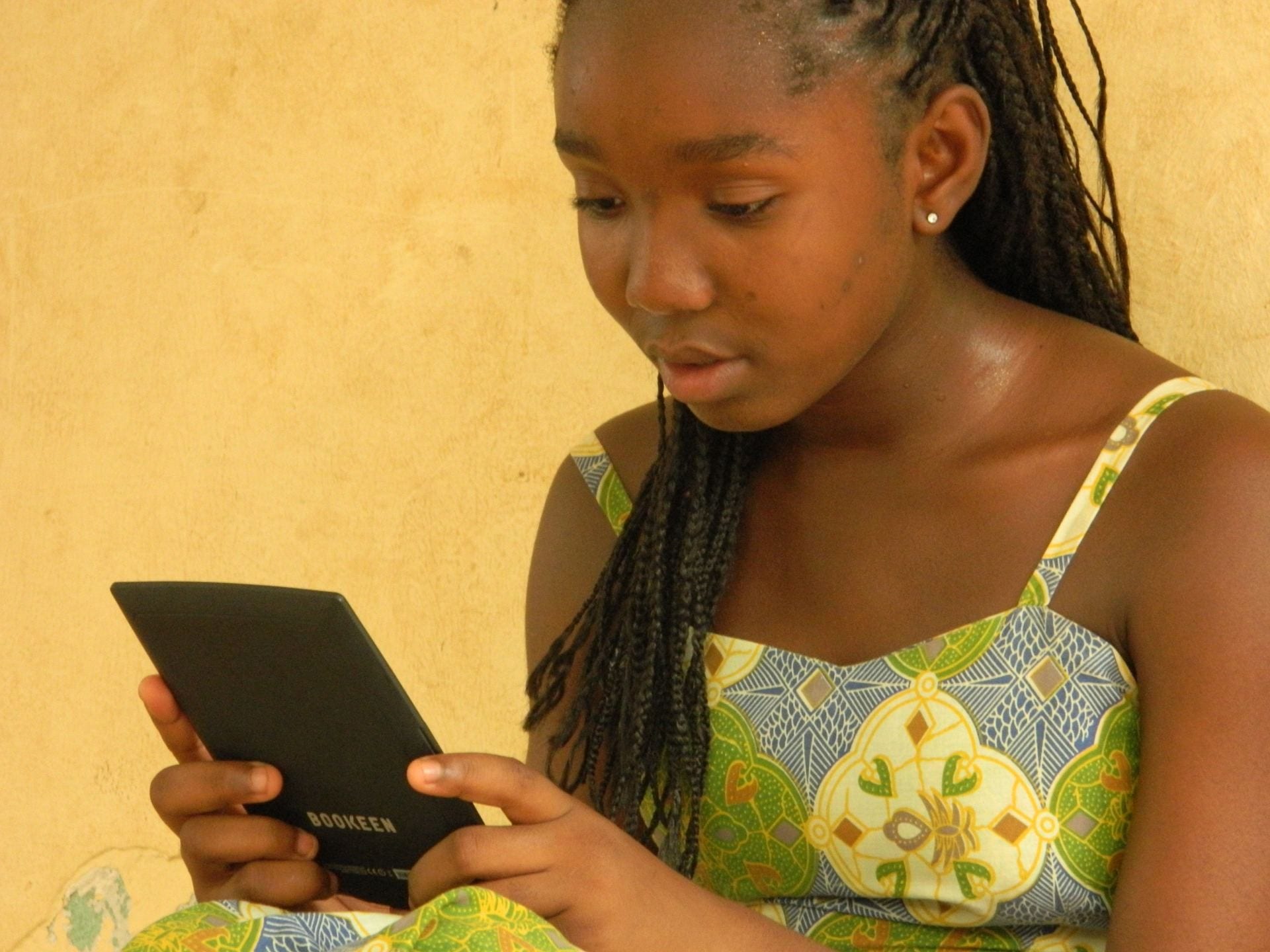
The term “plasticity” or “neuroplasticity” refers to how human brains adapt, rewire themselves and create new neural pathways in response to the experience of their owners.
This remarkable adaptive ability of the brain should be a source of optimism for any learner. It offers hope to anyone who is trying to acquire new knowledge or master new skills; even if something seems intractably difficult at first, the neural connections that are involved in carrying out the task will gradually become more efficient.
After trauma or brain damage, the brain can also reroute transmission away from damaged neural pathways by forging new connections between neurons and so creating new pathways. In this way, at least some of the brain’s lost function can be restored.

Only in the past two decades have we begun to understand the extent to which the brain can mould itself in response to our experience, not just in childhood but through our entire lives. As we learn unfamiliar material, revise what we have learned, practise a skill or expose ourselves to novel experiences, the brain continually adjusts our neural connections, laying down neural circuitry that reflects our new learning.
Moreover, as we strengthen the synaptic connections of neurons through consistent use, the transmission of neural signals for that skill becomes more efficient. This enhanced functioning explains why we get better and faster at doing whatever we practise consistently.
The story of Jodie Miller is an extreme example of the plasticity of the brain. Despite having had one hemisphere of her brain surgically removed, an operation that was required to save her life, she is able to live a normal life with minimal effects on her movement and other abilities. As Jodie’s experience shows, a child’s brain is especially able to react to trauma by rerouting functions to undamaged neurons and so creating new neural pathways.
Though this capacity is particularly evident in early life, it is not restricted to children and their developing brains. Brain plasticity is a lifelong phenomenon.
Resources
-
Online quiz: Revision on the development of the brain
- Handout to accompany the presentation below: Neuroplasticity
- Class Presentation
[embeddoc url=”https://psychologyrats.edublogs.org/files/2018/12/Brain-Plasticity-Year-11-2019-Reduced-Size-20ksjk2-1e9jaxr.pdf” height=”550px” download=”all” viewer=”google” ]
Recommended Reading
- University of Maine Website: Children’s Brain Development
- The Harvard Gazette: Eric Kandel and the Molecular Basis of Memory
- Article: A Nobel Prize with Help from Sea Slugs (Eric Kandel’s Work)
Recommended Viewing
- Video: The Story of Jodie
- Animation: Neuroplasticity
- SciShow: Your Brain is Plastic
